I am using ARKit's ARFaceTrackingConfiguration with ARConfiguration.WorldAlignment.camera alignment, but I found that the documentation (seemingly) does not reflect the reality;
Based on the excerpt of documentation below, I would expect that the face anchor's transform is expressed in right handed coordinate system. However, when I tried moving my head, I noticed that the Z coordinate of the face anchor is always negative (i.e. faceAnchor.transform.columns.3.z < 0). Note that moving head in the X and Y directions corresponds to expected outcome (unlike Z coordinate).
Camera alignment defines a coordinate system based on the native sensor orientation of the device camera. Relative to a
AVCaptureVideoOrientation.landscapeRight-oriented camera image, the x-axis points to the right, the y-axis points up, and the z-axis points out the front of the device (toward the user).
I want the transform to behave as per the documentation, i.e. the Z coordinate of face anchor should be positive given that documentation says "the z-axis points out the front of the device (toward the user)". So far it seems the Z-axis points out the back of the device…
Am I missing something obvious?
I tried to repair the rotation by the following code, but I am not sure if it's correct way to fix this:
// Repair rotation
let oldFaceRotation = simd_quatf(face.transform) // get quaternion from
let repairedFaceRotation = simd_quatf(ix: oldFaceRotation.axis.y, iy: oldFaceRotation.axis.x, iz: -oldFaceRotation.axis.z, r: oldFaceRotation.real)
// Repair translation
var repairedPosition = face.transform.columns.3
repairedPosition.z *= -1
// Combine
var correctedFaceTransform = float4x4(repairedFaceRotation)
correctedFaceTransform.columns.3 = repairedPosition

